Call of Cthulhu: Destiny’s End and Call of Cthulhu: Beyond the Mountains of Madness, for the Xbox, were two cancelled games both planned to be sequels to Call of Cthulhu: Dark Corners of the Earth, a horror first-person action-adventure game released in October, 2005 for the Xbox and Microsoft Windows. Although Beyond the Mountains of Madness shared the first-person perspective of its predecessor, Destiny’s End was to be played from a third-person perspective, and is believed to have included exploration and melee combat similar to that in the Silent Hill series (including weapons like pipes, pistols and shotguns). Both games were being developed by British company Headfirst Productions, but following the release of the first game, troubles with Headfirst’s publisher, Bethesda Softworks, and numerous employee resignations, eventually led to the company dissolving in March, 2006.
Destiny’s End stars two teenagers, Jacob and Emily, and is set in a similar location to the original game, in and around the town of Innsmouth. The primary story arc involves Jacob’s numerous disturbing nightmares, that seem to suggest a link to Innsmouth. Together, he and Emily attempt to find the truth and meaning behind his nightmares, and discover exactly how Jacob is linked to Innsmouth’s dark past. The further the two dig, the greater the horrors they uncover.
Destiny’s End was designed to allow two people to play co-operatively, and would have allowed players to switch between single- and two-player modes on the fly; by inserting an additional controller, the game would automatically switch into a split-screen mode, with each player taking control of one of the two main characters. Otherwise, the player would have to control one teenager at a time; holding down the left trigger would cause the second character to follow the first, and the player could have switched control between the two by way of a single button-press.
Emily and Jacob would both have had very different strengths in the game, with Jacob being more agile, skilled at hand-to-hand combat and physically strong, and Emily having the power of the mind and of psychic ability, to overcome challenges Jacob could not have completed on his own. Additionally, the game was planned to include a unique “sanity” system – due to the intimacy of the characters, and their reliance on each other to survive, if they are separated for too long, the strange forces surrounding the town would have been able to affect their mental states for the worse. For example, if the characters remain apart from too long, Emily’s psychic ability could have become clouded, or even revealed things to her that didn’t actually exist. It would have been the player’s responsibility to ensure both characters remained mentally stable.
The game would have had a similar visual style to the first instalment in the series, with a gloomy atmosphere and eerie appearance. Murky, foggy environments such as forests would have been expected, encouraging players to push forward.
Beyond the Mountains of Madness would have had a completely different set of characters to either of the other games, featuring Robert Naples, an archaeologist from Miskatonic University. On a quest to recover a stolen artifact, Naples would travel from Berlin to Antarctica and uncover a Nazi stronghold and base of operations for the Nazis’ search for the Elder City, a fabled city said to possess with considerable power. The Nazis planned to harness this power for the looming World War II. Meanwhile, back in Berlin, the Nazis were conducting a series of experiments on ancient creatures dug up from the ice, that threatened to unearth a dark secret forgotten by time. The game aimed to “break the mould” of typical survival horror and first-person shooter games, by combining the styles into an immersive and vibrant experience.
We know that the game was planned to be a mix of skilful and intense combat against Nazi soldiers and mythos monsters, and exploration and investigation sections used to overcome and solve mysteries and obstacles that obstruct the player’s progress. We also know that the game would have included a simple and intuitive inventory system used to manage picked up objects, which would have played an important role.
The game was intended to be significantly open-ended and liberal – the player would be able to choose whether to focus on stealth and avoiding combat, or whether to engage in numerous firefights. Likewise, the player could choose how to interact with the game’s non-player characters, including whether to assist them, or instead interrogate them in order to gain information. As the game was to be set in the 1930s, the available weaponry was modelled on authentic 1930s military hardware, including grenades, scoped rifles, flamethrowers, pistols and submachine guns.
The game had a large supporting cast of characters, including Dr. Donald Cuthbert, the geologist who originally finds the “Map of the Damned” in Antarctica – the map that is stolen by the Nazi forces and that Robert Naples is trying to reclaim, Klaus Metzger, the German officer in charge of the Nazi deployment to Antarctica, his cryptographer Adele Von Hartmann and the occultist priest tasked with opening the Elder City for the Nazis, Alexis Von Strauss.
Like in Destiny’s End, Beyond the Mountains of Madness would have featured a sanity system, and Naples, being a rational man and follower of science, would have experienced mental trauma when faced with objects and situations he could not explain. If Naples’ sanity reached zero, he would suffer a complete breakdown and kill himself. Aside from the multiple cases of “Scripted Sanity Loss” used as a plot device and inevitable challenge for the player, “Dynamic Sanity Loss” would occur whenever Naples was faced with a particularly gruesome enemy or other such situation. His sanity loss would continue until the monster was defeated or the situation diffused, thereby rewarding the player’s bravery in dealing with the threat and overcoming his or her fear. Sanity could also have been restored using items such as anti-anxiety drugs, herbal remedies and Elder Signs, strange signs imbued with an air of serenity and tranquility, that would soothe mental distress.
A linear level plan for the game was established, with the main locations being (chronologically) Antarctica, a zeppelin, Berlin, a boat, Antarctica and Elder City. It was also proposed that the game may have included a Mind-Swap Feature, with the player’s abilities increasing in this area as the game progressed. Possible uses of the Mind-Swap Feature were to leave the character’s body for a short while in order to enter areas undetected, and to impose increasing levels of external control over enemies and other non-player characters encountered in the game. This control would initially allow the player to use the non-player characters to perform basic actions such as using buttons and switches, and would progress to full control, the ability to engage in combat with other non-player characters, and even the ability to commit suicide, in order to spread fear amongst other characters. The Mind-Swap Feature may even have granted the player the ability to detect when enemies were taking on the form of humans, so as to prevent falling prey to their deceit.
Both of these sequels to Call of Cthulhu: Dark Corners of the Earth sound like they would have been incredibly fun, incredibly immersive and even fairy scary! Hopefully one or both of them will eventually emerge, in some playable form. Until then, we can only speculate as to exactly how they would have been played.
Thanks a lot to James for the contribution!
Sources:
- http://en.wikipedia.org/wiki/Call_of_Cthulhu:_Destiny’s_End
- http://en.wikipedia.org/wiki/Headfirst_Productions
- http://en.wikipedia.org/wiki/Call_of_Cthulhu:_Dark_Corners_of_the_Earth
- http://au.xbox.ign.com/articles/760/760747p2.html
- http://previews.teamxbox.com/xbox/1092/Call-of-Cthulhu-Destinys-End/p1
Images:
Video:
What do you think about this unseen game? Give your vote!
Would you like to add more info, screens or videos to this page? Add a comment below!
- Quark (Quantic Dream) [Dreamcast – Cancelled] - 24-03-2024
- Fortris [PC/Playstation/Dreamcast – Cancelled] - 09-03-2024
- Gorkamorka [PC / Dreamcast – Cancelled] - 16-12-2023

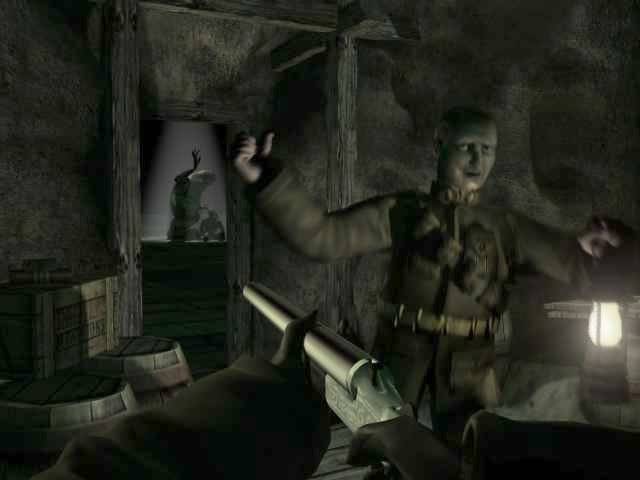
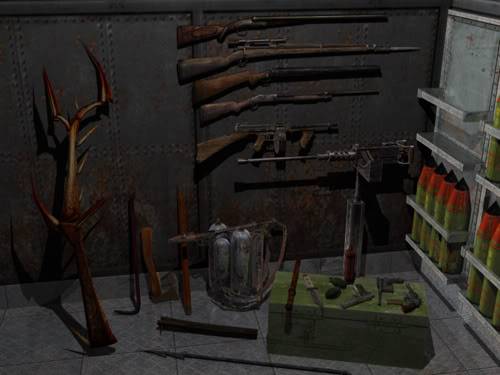
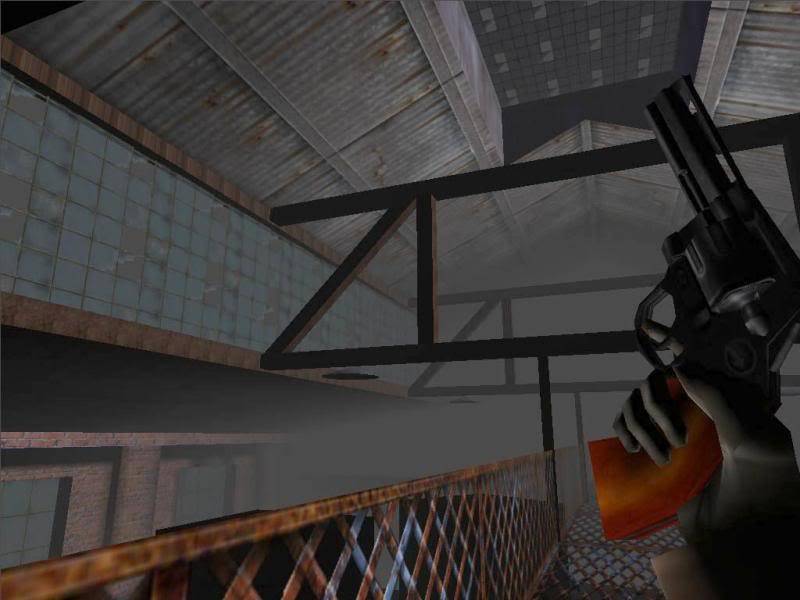
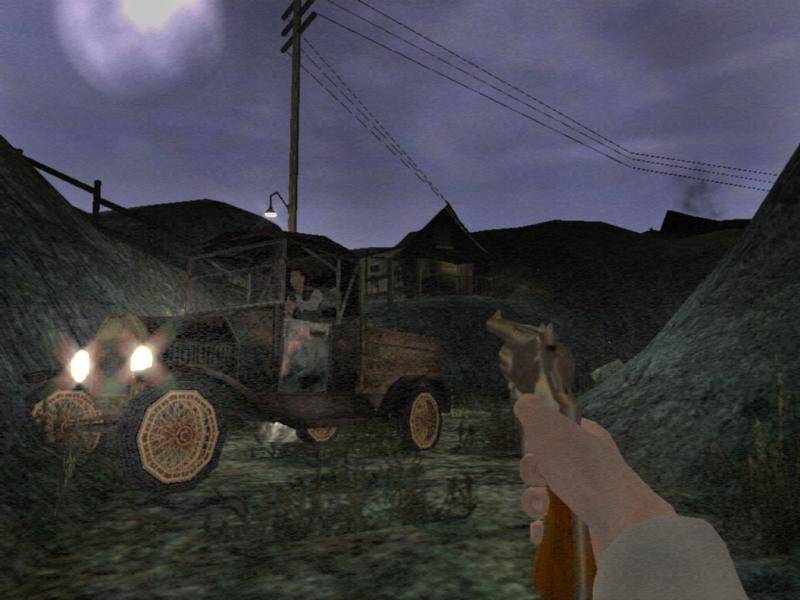
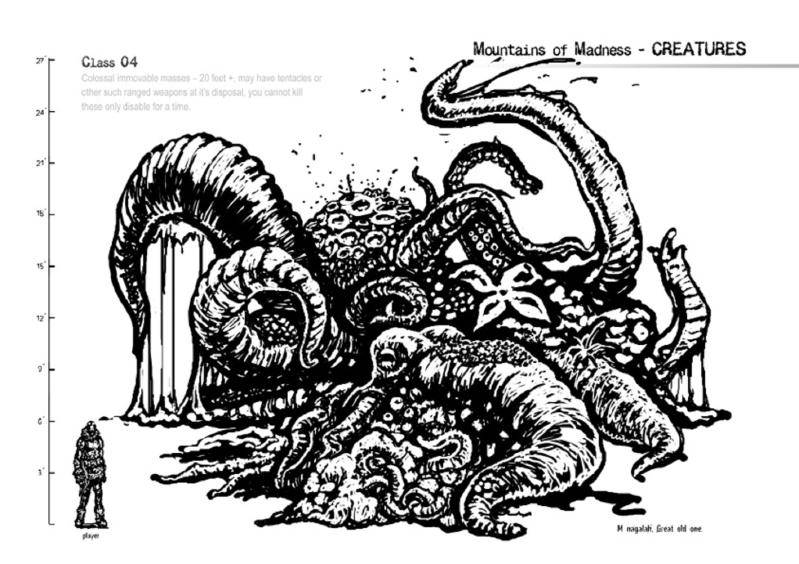
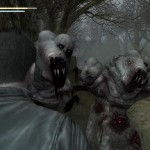
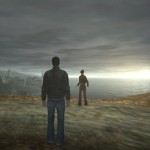
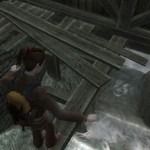



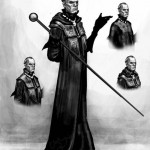
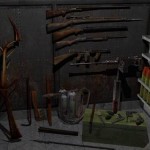
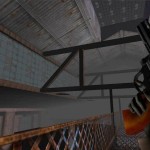
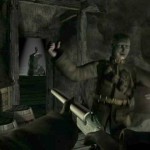

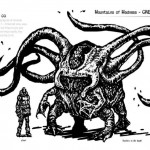
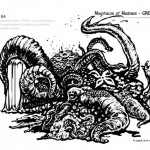
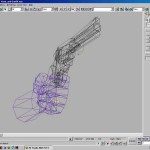
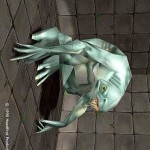
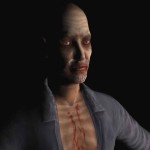
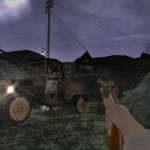
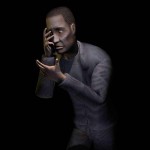

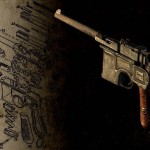

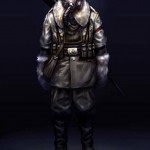

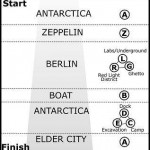
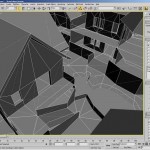
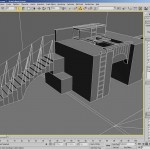
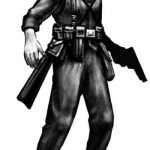



 (6 votes, average: 4.67 out of 5)
(6 votes, average: 4.67 out of 5)
I have the original Destiny’s End and “Beyond the Mountains of Madness” Developer DVDs if they’re of any use or able to be contributed towards this article? Contains art, videos et cetera. I also have a tonne of Dark Corners of the Earth material including some old renders of some unseen weapons and characters, like pump action shotguns et cetera.
Hi James! :) If you have some more “unseen material” to share about the development of the CoC Trilogy, it will be welcome for sure! It would be great to preserve more material of those lost games, before they could be lost and forgot forever.